
Matcha isn’t just a passing food trend; it's a centuries-old Japanese tradition that’s made its way into cafes and homes around the world. Its vibrant green color, antioxidant-rich profile, and umami flavor make it a unique and energizing beverage. But for all its allure, matcha isn’t the easiest tea to get right. If you’ve ever ended up with a bitter, clumpy cup, you know the struggle. Don’t worry, though—there are a few common mistakes to avoid when preparing and storing matcha to get the best possible result every time.
Mistake #1: Using the Wrong Matcha Grade
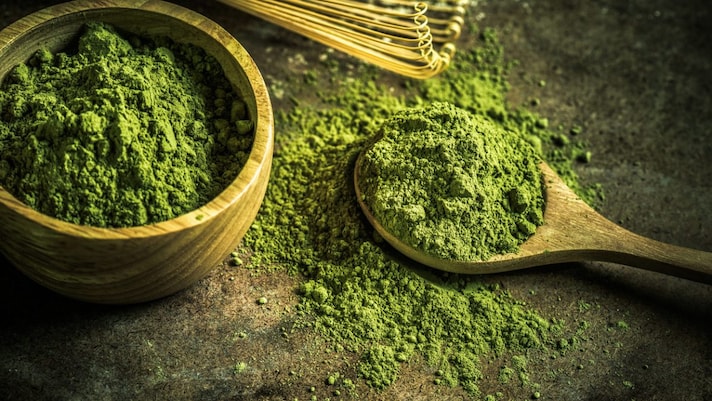
When it comes to matcha, the grade matters. There are two main types: ceremonial grade and culinary grade. Ceremonial grade is made from the youngest tea leaves and is perfect for drinking, offering a smooth, delicate flavor. Culinary grade, on the other hand, is often used for cooking or baking and has a stronger, more bitter taste. Using a culinary grade matcha for drinking will result in a rougher taste and more bitterness than you might want.
How to Fix It
For the best cup of matcha, always choose ceremonial grade matcha for drinking. It’ll give you that beautiful green color and delicate flavor that matcha is known for. Save the culinary grade for your smoothies, lattes, or baking projects.
Mistake #2: Skipping the Sifting Step
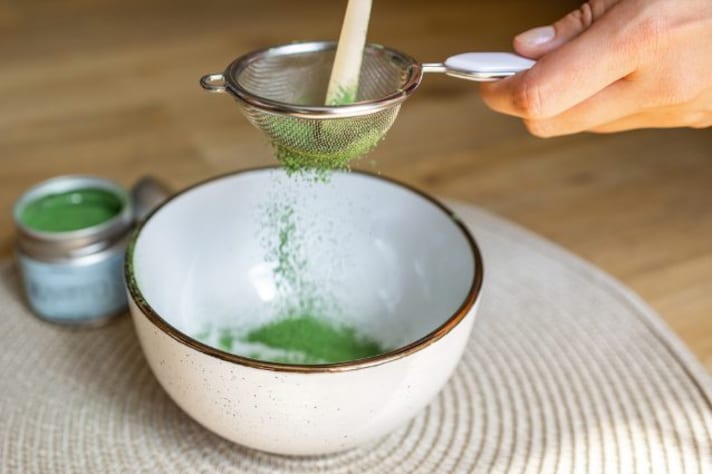
When you open a canister of matcha, you might notice it’s a fine powder, almost like flour. This powder can easily clump together, leading to an uneven brew and a gritty texture in your cup. If you skip the sifting process, those clumps will turn your smooth matcha experience into a chunky disappointment.
How to Fix It
Before whisking, always sift your matcha. A fine-mesh sifter or a dedicated matcha sifter is your best friend here. This simple step breaks up clumps and ensures a smooth, consistent texture. You’ll be amazed at how much better your matcha looks and tastes.
Mistake #3: Using Water That’s Too Hot
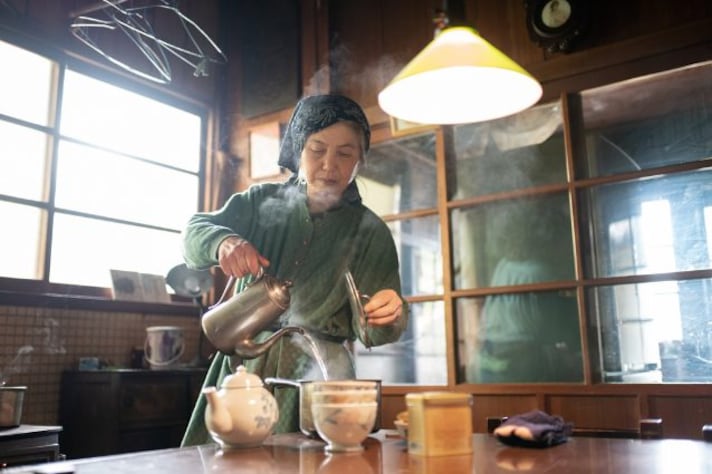
One of the biggest culprits of bitterness in matcha is using water that's too hot. Many first-time matcha drinkers will boil the water and pour it directly over the powder. This can extract the bitter compounds from the tea leaves, making the matcha taste harsh and unpleasant.
How to Fix It
Let your water cool down a bit before pouring it over your matcha. Aim for a temperature of around 175°F (80°C). This is hot enough to dissolve the powder, but not so hot that it brings out bitterness. Patience is key.
Mistake #4: Whisking the Wrong Way
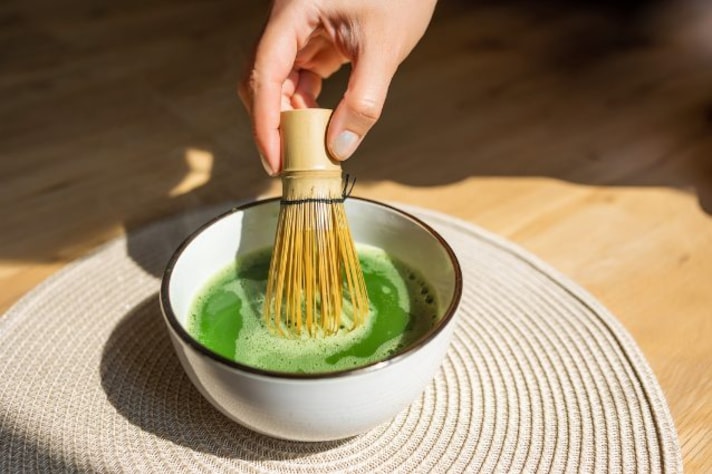
Whisking matcha properly is crucial to getting a frothy, smooth cup. A lot of people either overwhisk or underwhisk their matcha, and that’s where things can go wrong. Overwhisking can lead to a frothy mess, while underwhisking results in a clumpy, unblended drink.
How to Fix It
Use a traditional bamboo whisk (chasen) to prepare your matcha. Whisk in a gentle "M" or "W" motion—this helps to evenly dissolve the matcha and create a creamy froth. Don’t be too vigorous; you want to incorporate air gently without creating bubbles.
Mistake #5: Not Preparing the Right Amount of Matcha

Many people make the mistake of using too little or too much matcha in their drinks. Too little can lead to a weak, underwhelming flavor, while too much can result in an overly strong and bitter cup. It's important to find the right balance for your taste.
How to Fix It
The general guideline is to use about 1-2 teaspoons of matcha powder per serving (around 3-4 ounces of water). If you're making a matcha latte or iced matcha, you can adjust the amount based on your taste preferences. Always start with a smaller amount, and you can always add more.
Mistake #6: Storing Matcha Improperly
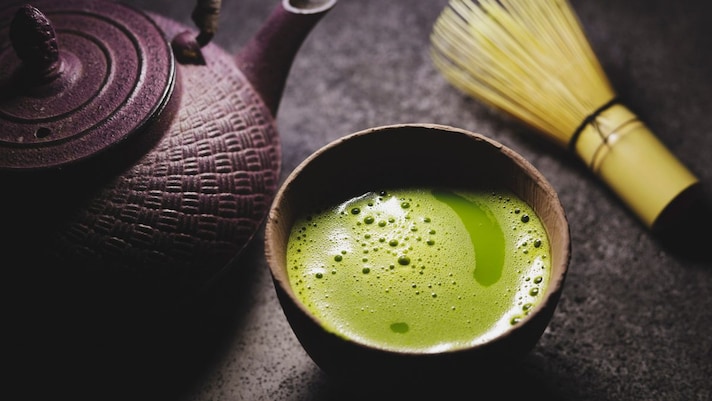
The freshness of matcha is key to its flavor, and improper storage can lead to it losing its bright green color and grassy taste. If you store your matcha in a warm, humid place or leave the container open, it will lose its flavor quickly and may even become stale or oxidized.
How to Fix It
Store your matcha in an airtight container in a cool, dry place—away from light, heat, and humidity. For the best results, keep it in the fridge or even the freezer if you won’t be using it for a while. Just make sure the container is sealed tightly to prevent moisture from getting in.
Mistake #7: Forgetting to Stir or Shake Matcha in Lattes

When preparing a matcha latte, one of the common mistakes is not properly mixing the matcha with the milk. You might end up with an unevenly mixed drink where some sips are super strong, while others are just milk.
How to Fix It
Before pouring your steamed milk into the matcha, be sure to whisk the matcha well, and then stir thoroughly to ensure everything is evenly combined. If you're making iced matcha lattes, you can also shake it in a bottle or jar to get a better mixture.
Mistake #8: Using Milk That’s Too Hot for Lattes

Just like hot water, milk that's too hot can negatively affect the taste of your matcha latte. It can curdle, and you’ll lose that velvety texture you’re hoping for.
How to Fix It
When steaming milk for your matcha latte, make sure to heat it to about 150°F (65°C). You want it warm and frothy but not scalded. Too high, and the milk can lose its sweetness and texture. You’ll get that smooth, silky drink you're after.
Mistake #9: Overlooking the Water-to-Matcha Ratio
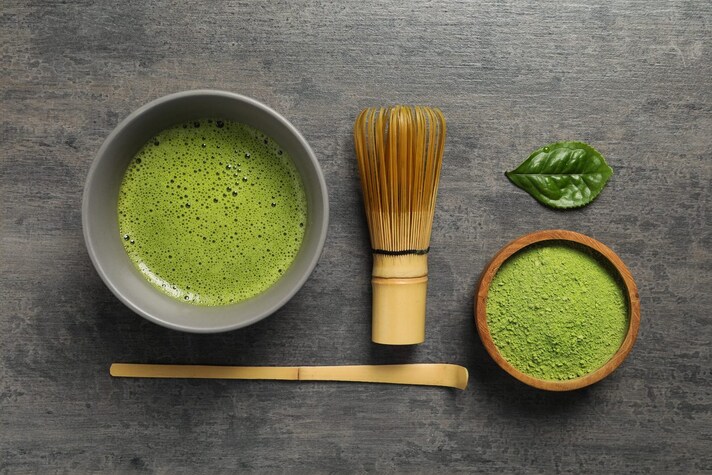
Getting the right balance between matcha powder and water is a fine art. If you use too little water, your matcha can taste overly thick and intense, while too much water can dilute the delicate flavors.
How to Fix It
Start with about 3-4 ounces of water for each serving of matcha. This allows the matcha to dissolve properly and results in a more balanced flavor. For matcha lattes, you can add more milk to reach the desired consistency.
Mistake #10: Forgetting Matcha’s Health Benefits
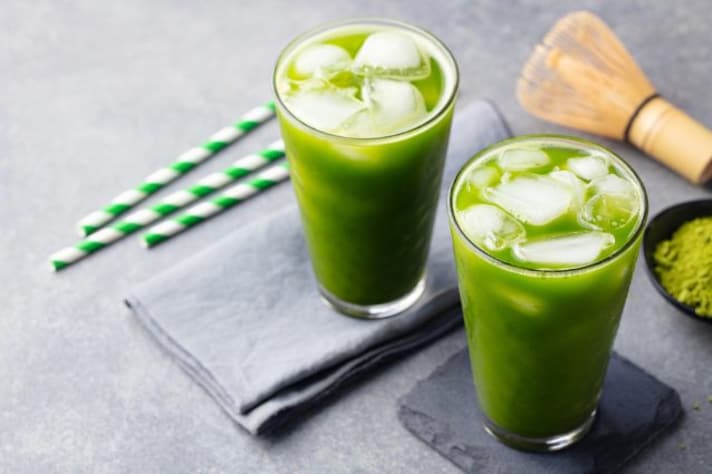
While it’s easy to get caught up in making a beautiful cup of matcha, don’t forget about its health benefits. Overlooking the importance of the right preparation can strip away the nutrients that make matcha such a powerful superfood.
How to Fix It
Always prioritize the right method of preparation to preserve matcha’s antioxidants, amino acids, and vitamins. By following the correct steps, you'll not only get a delicious cup of matcha, but also the full nutritional benefits.
;Resize,width=767;)
